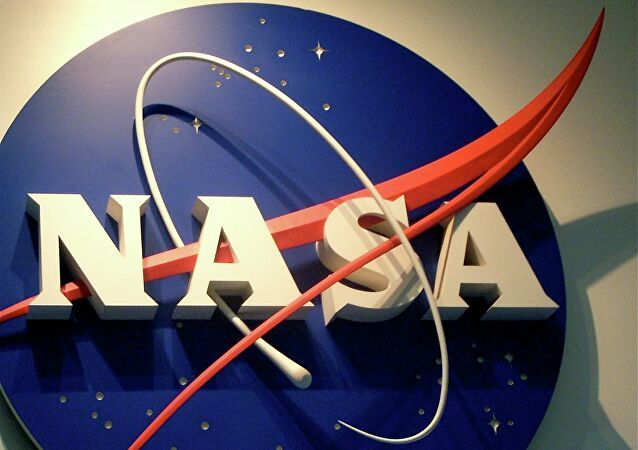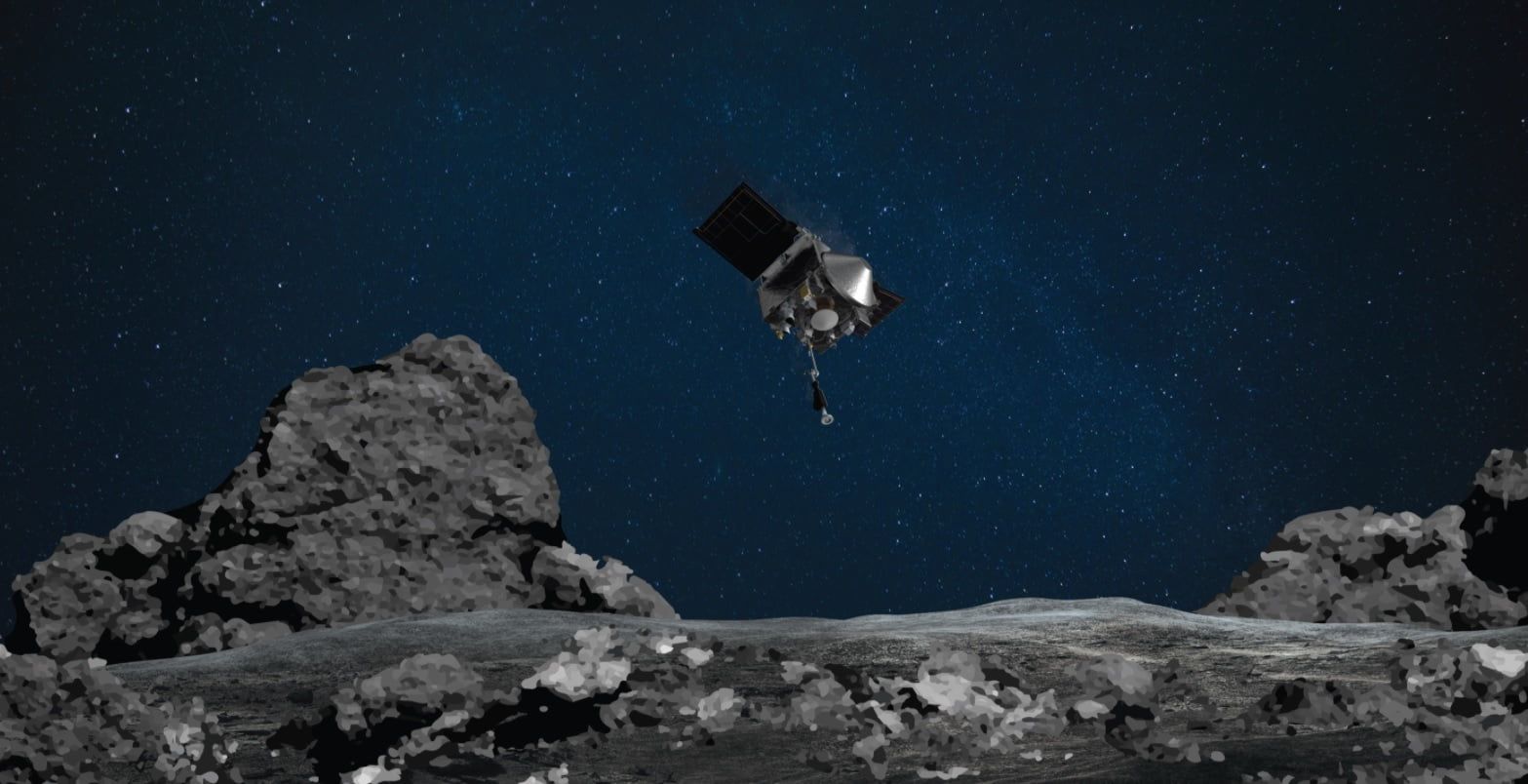NASA lands on an astroid for the first time with the OSIRIS REx project. NASA’s OSIRIS-REx has managed to land on the surface of the Bennu asteroid. A historic achievement and the first time that a NASA spacecraft has managed to touch this rock, which is only 510 meters long and travels at more than 100,000 km/h.
- Artemis Accords: NASA wants peaceful space exploration
- Is there a parallel universe, let’s check what NASA says about it
- SpaceX crew returns to Earth after completing historic mission
The “mining” spacecraft reaches the equator of its mission. Launched on September 8, 2016, the goal is to return safely in September 2023 with samples taken from an asteroid. Samples that NASA scientists suspect may be different from everything we have in the meteorite collection on Earth.
OSIRIS-REx mission: Two years after orbiting around
“The spacecraft has done everything it was supposed to do,” explains Dante Lauretta, responsible for the OSIRIS-REx mission, with satisfaction. Jim Bridenstine, NASA Administrator, joined the congratulations with a sentence that exemplifies well the importance of the mission: “We are on the way to return the largest sample since Apollo. If all goes well, scientists will study this sample for generations to come.”
Being relatively close to Earth, about 322,000 km (1.2 million miles) during its landing, the mission has achieved one of its most difficult goals, after orbiting the asteroid for about two years and having previously come as close as 7 km (4 miles).
The mission is called ‘Touch-And-Go’. The mission was complicated, due to the low gravity of the asteroid. The 4-hour descent from an altitude of 125 meters was into the Nightingale crater, which is about 16 meters in diameter.
OSIRIS-REx mission: How NASA landed on an astroid?
Once contact was established with its 3.5-meter robotic arm, compressed nitrogen was released to raise dust so that it could be collected as if it were a vacuum cleaner. A process that in total took no more than 16 seconds and with which they expect to collect at least 60 grams of material. Through the data from the sensors and the images taken, they will analyze the result and offer more information about the compounds obtained by the mission on October 30th.

With a possibility of 1 in 2,700, Bennu is one of the “potentially dangerous” asteroids to hit the Earth. But its interest does not lie in this remote probability, but in its age. At 4.5 billion years old, Bennu retains organic and mineral compounds that can be very useful in studying the origin of the solar system.
“The abundance of material containing carbon is a great scientific triumph for the mission. We are now optimistic that we will collect and return a sample with organic material, a central objective of the OSIRIS-REx mission” explains Dante Lauretta, OSIRIS-REx principal investigator at the University of Arizona in Tucson.
OSIRIS-REx joins the Japanese Hayabusa2 mission, which collected samples from the asteroid Ryugu, and will serve to exchange collected materials and analyze the differences between them.





